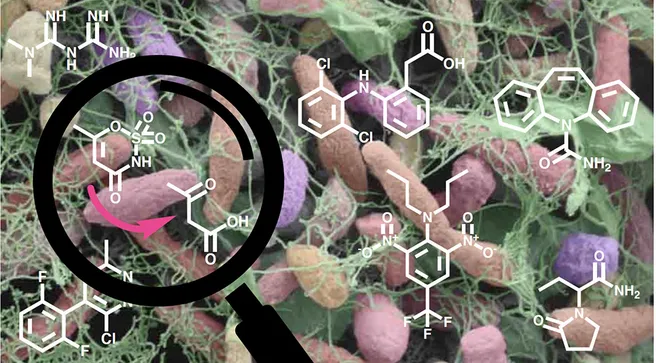Complex microbial communities in environmental systems play a key role in the detoxification of chemical contaminants by transforming them into less active metabolites or by complete mineralization. Biotransformation, i.e., transformation by microbes, is well understood for a number of priority pollutants, but a similar level of understanding is lacking for many emerging contaminants encountered at low concentrations and in complex mixtures across natural and engineered systems. Any advanced approaches aiming to reduce environmental exposure to such contaminants (e.g., novel engineered biological water treatment systems, design of readily degradable chemicals, or improved regulatory assessment strategies to determine contaminant persistence a priori) will depend on understanding the causal links among contaminant removal, the key driving agents of biotransformation at low concentrations (i.e., relevant microbes and their metabolic activities), and how their presence and activity depend on environmental conditions. In this Perspective, we present the current understanding and recent methodological advances that can help to identify such links, even in complex environmental microbiomes and for contaminants present at low concentrations in complex chemical mixtures. We discuss the ensuing insights into contaminant biotransformation across varying environments and conditions and ask how much closer we have come to designing improved approaches to reducing environmental exposure to contaminants.
